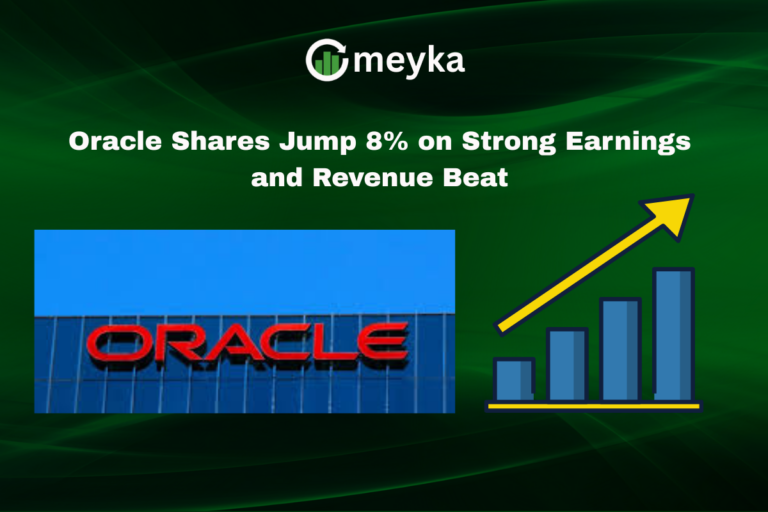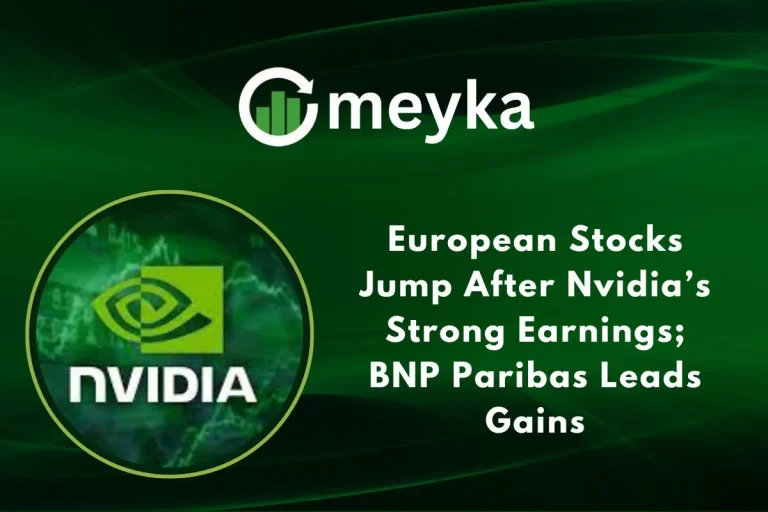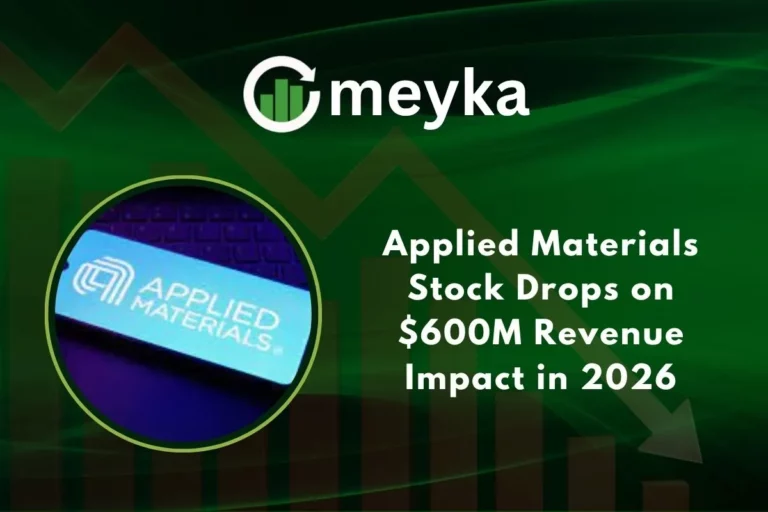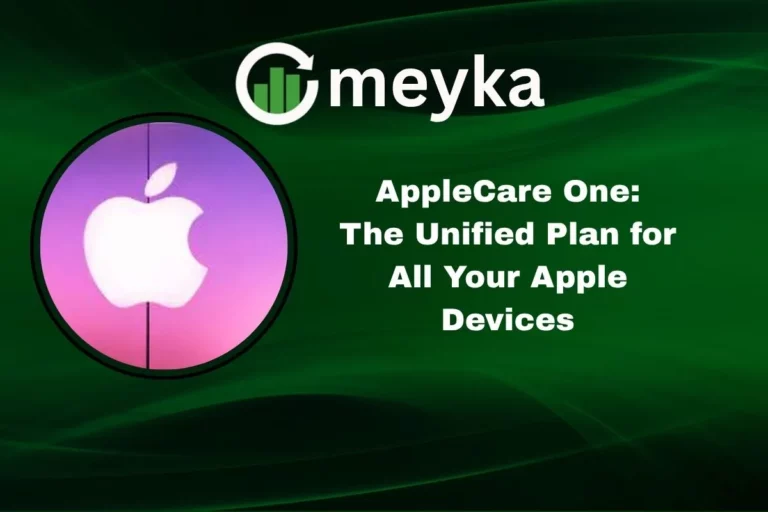Inside the Nvidia Deal: How AWS and OpenAI’s New Partnership Could Reshape AI Infrastructure
OpenAI just signed a seven year, $38 billion cloud deal with Amazon Web Services. The pact gives OpenAI access to hundreds of thousands of Nvidia AI chips in AWS data centers. Why does that matter? Because modern AI needs huge, reliable computing. This deal promises both scale and speed for the next wave of models.
The Nvidia Deal, at a glance
- Financial scope: $38 billion over seven years. Immediate use of AWS compute, target full capacity by the end of 2026, with room to expand in 2027.
- Chip supply: Amazon will supply clusters built around Nvidia accelerators including the GB200 and GB300 families. That positions Nvidia as the core hardware backbone for OpenAI’s training and inference.
- Why Amazon: AWS will host the clusters in global data centers, offering scale, networking, and energy management the largest AI labs need. Amazon’s public announcement frames this as a bespoke infrastructure partnership for frontier AI workloads.
Why the Nvidia Deal changes the infrastructure map
AI is a hardware race as much as an algorithm race. Large language models and multimodal systems need GPUs and system-level integration at hyperscale. This deal does three things.
It secures the compute scale fast
OpenAI gains immediate access to large GPU pools. That reduces training bottlenecks and shortens model iteration cycles. Faster cycles mean faster product improvements.
It cements Nvidia’s central role
Nvidia (NVDA) is no longer just another vendor. Its GB series and other accelerators are becoming the standard for frontier models hosted in major cloud providers. That gives Nvidia leverage in pricing, ecosystem tools, and roadmap influence.
It reshapes global data centers
AWS will build or repurpose clusters with extreme power density, cooling, and networking. Expect more custom racks, power projects, and regional expansion to meet latency and redundancy needs. This raises the bar for other cloud providers.
What Analysts And Markets Are Saying
The market reacted quickly. Amazon’s shares jumped, and investors cheered the validation of AWS’s AI compute capabilities. Some analysts see the move as a vote of confidence in Amazon’s (AMZN) infrastructure leadership. Others caution about concentration risks and the staggering capital commitments AI firms now make.
For readers doing AI Stock research, this deal matters because it changes long term revenue flows across cloud providers, chipmakers, and data center builders. What companies capture value from AI compute? That question is central to future portfolios.
Reactions from experts and social media
Industry voices echoed both praise and concern. Here are three real social reactions that shape the conversation.
“This is a huge endorsement of AWS compute scale and shows where frontier AI is heading.” — paraphrase of a market reaction.
“Access to hundreds of thousands of GPUs changes the economics of training and serving big models.” — paraphrase of a technologist’s commentary.
“Watch geopolitical and supply chain angles: chips, power, and data location will matter more than ever.” — paraphrase of a policy analyst’s note.
The Role Of Nvidia Hardware In This Nvidia Deal
Nvidia’s GB200 and GB300 accelerators are designed for dense AI workloads. They offer higher memory bandwidth, larger on chip memory, and architecture improvements for training very large models. Put simply, Nvidia supplies the raw horsepower.
AWS supplies the systems, networking, and operational scale to turn that horsepower into product features. This is a system level partnership, not just a parts order.
Industry Implications In One Quick List
- Cloud competition heats up, as AWS wins a marquee customer and narrative momentum.
- Chip dependency rises, making Nvidia’s roadmap and supply chain even more strategic
- Data center spending accelerates, affecting power grids, real estate, and regional planning.
- Regulatory and geopolitical angles grow, since national policies now influence where chips and workloads can be hosted.
What this means for AI companies and investors
OpenAI’s spending plans are vast since headlines point to a multi trillion dollar scale of infrastructure commitment when combined with other partners. That creates ripple effects across suppliers, integrators, and service firms.
For investors doing AI Stock Analysis, the signal is simple: companies that enable scale, reliability, and specialized hardware are direct beneficiaries. But beware of valuation froth. The capital needs are real and big.
Conclusion
The Nvidia Deal embedded inside the AWS–OpenAI partnership is about systems, not just chips. It locks a major AI lab into a cloud provider that can operate at hyperscale. It locks Nvidia into the center of next generation model building.
Together, they accelerate a world where AI services are faster, cheaper to scale, and more capable.
Will this reshape ecosystems and investments? Yes. Expect more custom data center builds, higher demand for specialized AI hardware, and reallocated investor capital toward cloud infrastructure and chip suppliers.
At the same time, watch for concentration risk, regulatory scrutiny, and the ever present question of whether these bets will pay off long term.
FAQs
OpenAI buys and uses NVIDIA GPU chips at massive scale to train and run its frontier AI models. NVIDIA is the main silicon provider behind most of OpenAI’s model training clusters inside cloud providers like AWS and Microsoft (MSFT) Azure .
Yes. NVIDIA and Amazon Web Services (AWS) have multiple partnerships. AWS uses NVIDIA accelerators inside its AI data center clusters and NVIDIA collaborates with AWS on custom high performance computing infrastructure for AI training and inference.
NVIDIA invests mainly in generative AI, enterprise AI compute platforms, AI supercomputing, AI robotics stacks, and AI model serving tools. NVIDIA does not try to be a chatbot company. It builds the computing systems, chips, and platforms that all AI companies run on.
Yes. Multiple credible reports say OpenAI is exploring or developing custom AI silicon long term so it can reduce exclusive dependency on NVIDIA. But for the next few years, NVIDIA is still the dominant chip source for OpenAI at hyperscale.
Microsoft holds a large economic interest in OpenAI LP. The public number widely cited is that Microsoft owns an effective 49 percent economic stake in OpenAI’s capped profit structure, not 49 percent of the governance rights.
Disclaimer
The content shared by Meyka AI PTY LTD is solely for research and informational purposes. Meyka is not a financial advisory service, and the information provided should not be considered investment or trading advice.






